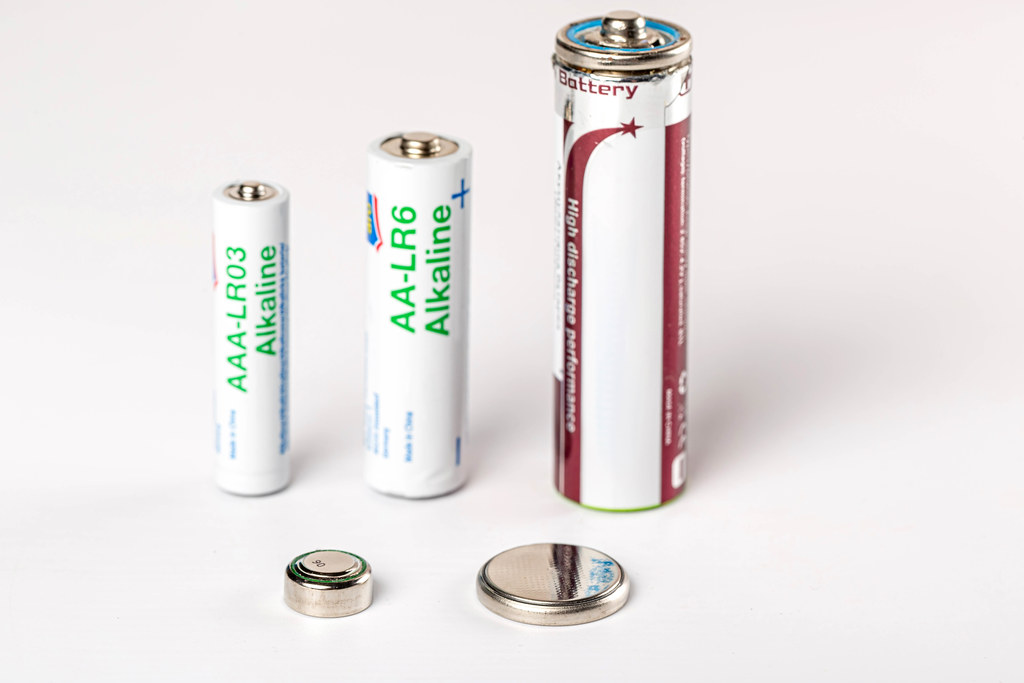Apart from having a higher voltage than conventional chemical batteries, the novel device is made from non-toxic and eco-friendly materials including sea salt, eliminating a source of e-waste, said Assistant Professor Tan Swee Ching from NUS’ Department of Materials Science and Engineering, who led the team of researchers.
The origins of the moisture-electricity generation device (MEG) can be traced to a chance experimentation in 2020, said research team member Zhang Yaoxin, who is a research fellow at NUS’ Department of Materials Science and Engineering. While tinkering with materials in the lab, the team accidentally discovered that electricity could be generated from an interaction between a wet and dry surface, he said.
 Using this principle, the team crafted its MEG comprising a layer of fabric – about 0.3mm in thickness – sea salt, carbon ink, and a water-absorbing gel. One region of the fabric is coated with a hygroscopic ionic hydrogel, and this region is known as the wet region. Made using sea salt, the special water-absorbing gel can absorb more than six times its original weight, and it is used to harvest moisture from the air.
Using this principle, the team crafted its MEG comprising a layer of fabric – about 0.3mm in thickness – sea salt, carbon ink, and a water-absorbing gel. One region of the fabric is coated with a hygroscopic ionic hydrogel, and this region is known as the wet region. Made using sea salt, the special water-absorbing gel can absorb more than six times its original weight, and it is used to harvest moisture from the air.













